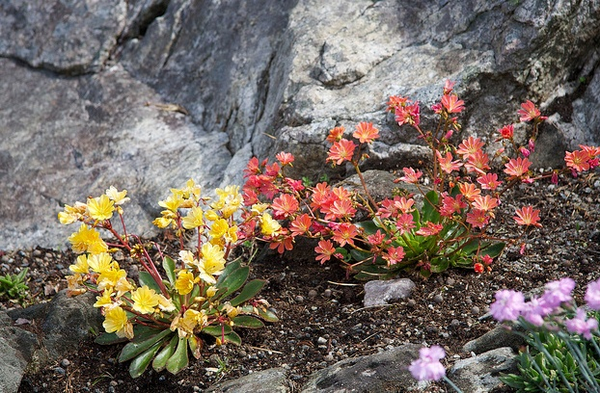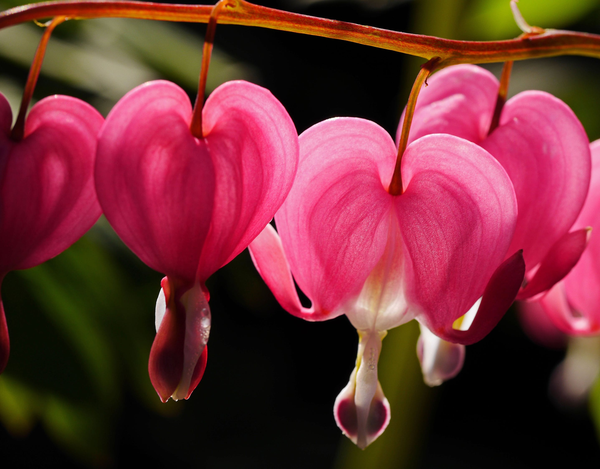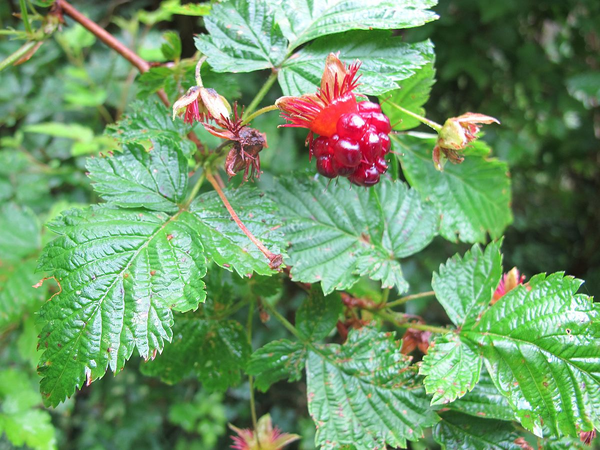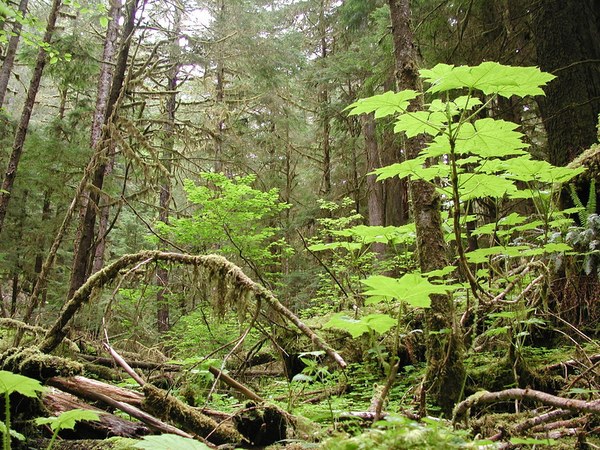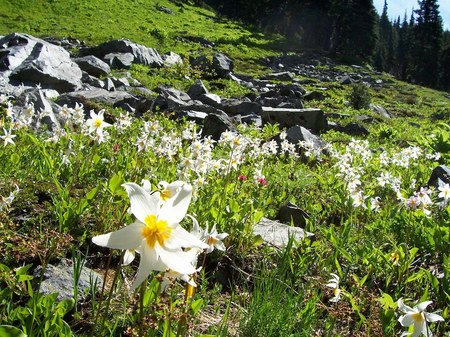
Written by Kathleen Johnson and John Williams.
Some regions have to settle for a simple rainbow after a storm. But here in the Pacific Northwest, the abundant rainfall brings us a vast array of native plant life. From delicate flowers to prolific ground cover, we’re already finding plenty of growth along the trail. See if you recognize these spring plants on your next hike.
Trillium
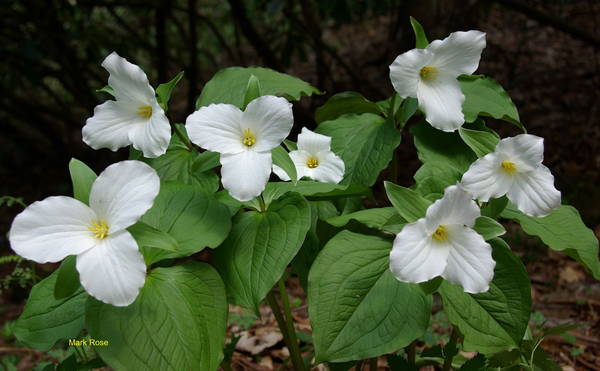 All Photos courtesy of Kathleen Johnson
All Photos courtesy of Kathleen Johnson
These flowers are so prolific there's an entire festival named after them! The Trillium Festival, held every April in Southwest Portland, showcases our love for these gorgeous plants. Trillium is known for its unique 3-petaled blooms, usually appearing in white. The flowers are crucial to the health of the plant, so avoid the temptation to pick them. Follow the Leave No Trace adage ‘take nothing but pictures’ and leave them for other hikers to enjoy.
Bitterroot
Bitterroot is a perennial alpine flower that often perches itself on north-facing cliffs, allowing you to see this native wildflower on challenging hikes with more elevation.
Bitterroot has significance in Native American culture as a medicinal plant, used for a variety of maladies. Nineteen species grow in the Pacific Northwest, each producing a wide range of colors. The rosette-shaped flowers cluster together to decorate the mountainside and prevent erosion.
Pacific Bleeding Heart
The name may sound off-putting, but these beautiful plants offer variety and color to the forest. Pacific Bleeding Hearts love shaded areas, and are often found nestled under a tree. You’ll easily recognize this local plant from its downward facing heart-shaped flowers that open at the bottom. Its dramatic shape make it a common sight on both the trail and in carefully cultivated gardens in town.
Salmonberry
If your hike takes you along the water, you’ll have a good chance of spotting salmonberries. You can identify them by their dark pink flowers in spring, often growing in thickets. Salmonberry prefers wet soil and produce small, yellow-orange berries. They're safe to eat, but don’t expect it to taste like our raspberries or blackberries - they’re quite tart!
Devil’s Club
Known for its scary looking spines, Devil’s Club is at home in our Northwest forests. You'll find it in darker areas with wet soil, where it grows slowly under the thick canopy. Devil’s Club is common and provides extra incentive to stay on-trail, as it can turn a great hike into a spiky nightmare.
Kathleen Johnson is an outdoor enthusiast with a passion for hiking, camping, and rock climbing. You’ll often find her camping near one of Colorado’s many 14ers getting ready for her next big adventure.
John Williams is an outdoor living expert and explorer. When he’s not traveling to scenic spots, he tends to the greenery surrounding his home.
 Kathleen Johnson
Kathleen Johnson
